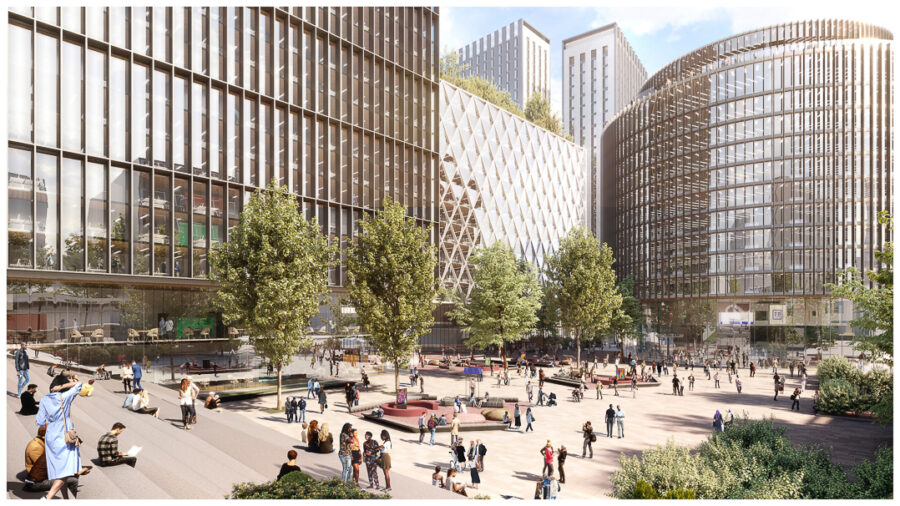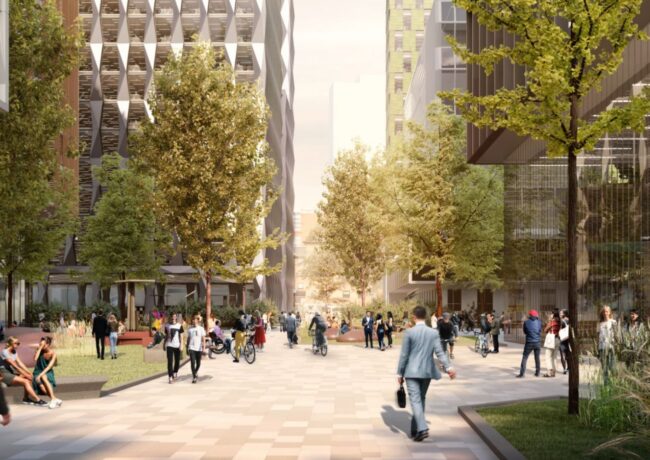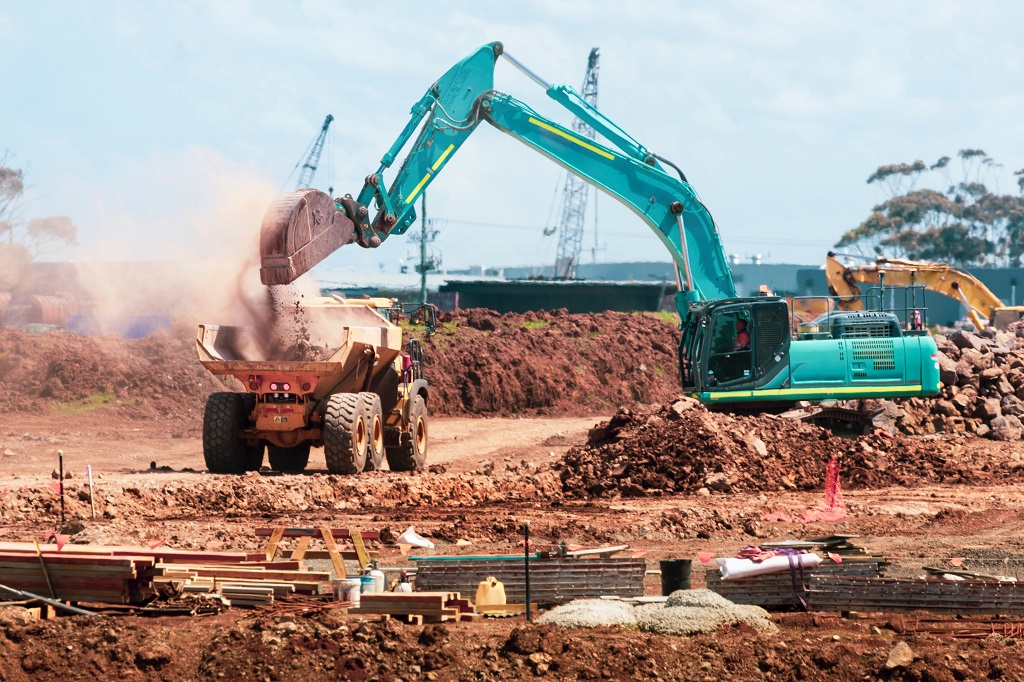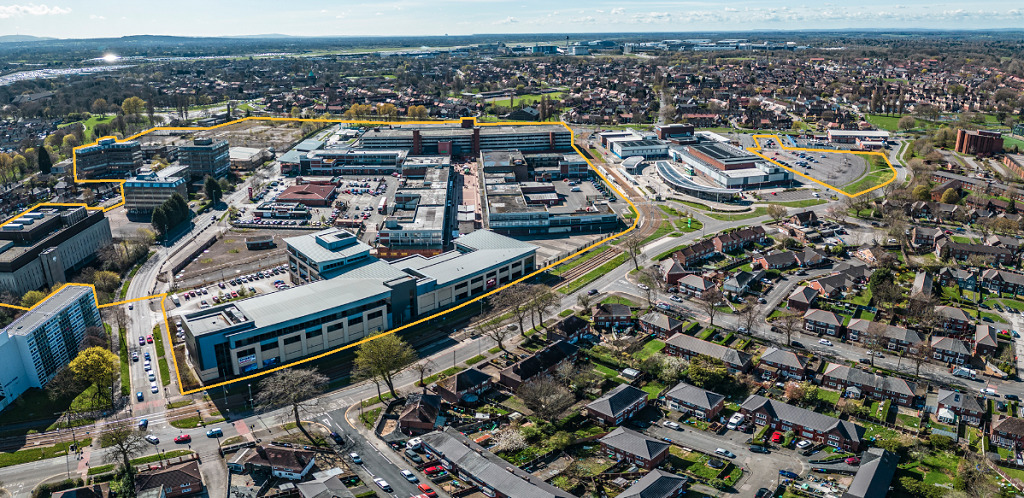Shortlist revealed for £2bn ID Manchester
A mix of regional, national, and international developers and investors are understood to have made the shortlist for the University of Manchester’s £2bn innovation district on the site of its North Campus.
Place North West understands the shortlist is made up of:
- BCEGI partnered with Chinese firm Tuspark
- Bruntwood SciTech with London-based investor and developer Stanhope
- Peel and Urban Splash
- Henry Boot Developments
- Muse Developments
- Singapore-based investor Mapletree
Other names linked to the development have included Aviva Investors, Property Alliance Group, Far East Consortium, and Patrizia; in total, it is understood around 12 companies pitched for the prized partner role on the £2bn development with six making it through to the final shortlist. According to sources close to the project, prospective bidders were required to put forward “significantly high-value case studies” to show their delivery record as part of the bidding process.
Under the procurement process, the six highest scoring candidates have been shortlisted to move on to dialogue stage; a further round of submissions from the six shortlisted parties is expected in February 2020.
Announced at the MIPIM property conference in Cannes, ID Manchester will include 4m sq ft of mixed-use space including large areas of public realm. The focus will be on attracting science, research, development, cultural, and tech companies, along with some residential development; overall, there is expected to be 2.6m sq ft of offices and work space.
The University is searching for an investment and development partner for the site, which will be in a joint venture.
The University will contribute by providing long leasehold transfers on a plot-by-plot basis, with the partner providing cash equity, business and development management. The University said it would hold “no less than 35%” equity stake in any joint venture.
Any JV will look to establish a special-purpose vehicle to bring forward development, again on a plot-by-plot basis, but the University said its preference was for the site to be “seen holistically and not be seen as a plot-by-plot investment by bidders”.
Once a partner is chosen in autumn 2020, the JV will draw up a fresh masterplan for the site, secure planning, carry out all site-wide infrastructure works, build the site out, attract tenants, and hold the site as a long-term investment asset once it completes. This process is expected to take 15 years.

The overall plan for the site will depend on the approach of the joint venture partner; retention of listed buildings, including the Sackville Building, forms part of the University’s plan, although the future of the brutalist and modernist buildings on the campus is less certain, with senior University figures giving no assurances that these would be retained.
The 650,000 sq ft Sackville Building will be repurposed as part of any proposed masterplan. The University will also continue to occupy the £60m Masdar Building, home to the Graphene Engineering Innovation Centre, with the remaining 18 acres of land around this part of the campus also made available for development.
Diana Hampson, director of estates and facilities at The University of Manchester said: “ID Manchester will create a new, world-class innovation district situated in the heart of Manchester and alongside the University.
“It is where the next generation of game-changing businesses will be nurtured, and it will bring huge economic benefits to our city region and beyond.
“Our vision draws on Manchester’s eco-system of ideas, discovery, research and development, and ID Manchester will provide the canvas on which all those strands can come together to take urban regeneration to a whole new level.
“ID Manchester will be where our most valuable discoveries today, are tried, tested and developed into the technology, buildings and commerce of tomorrow.”




